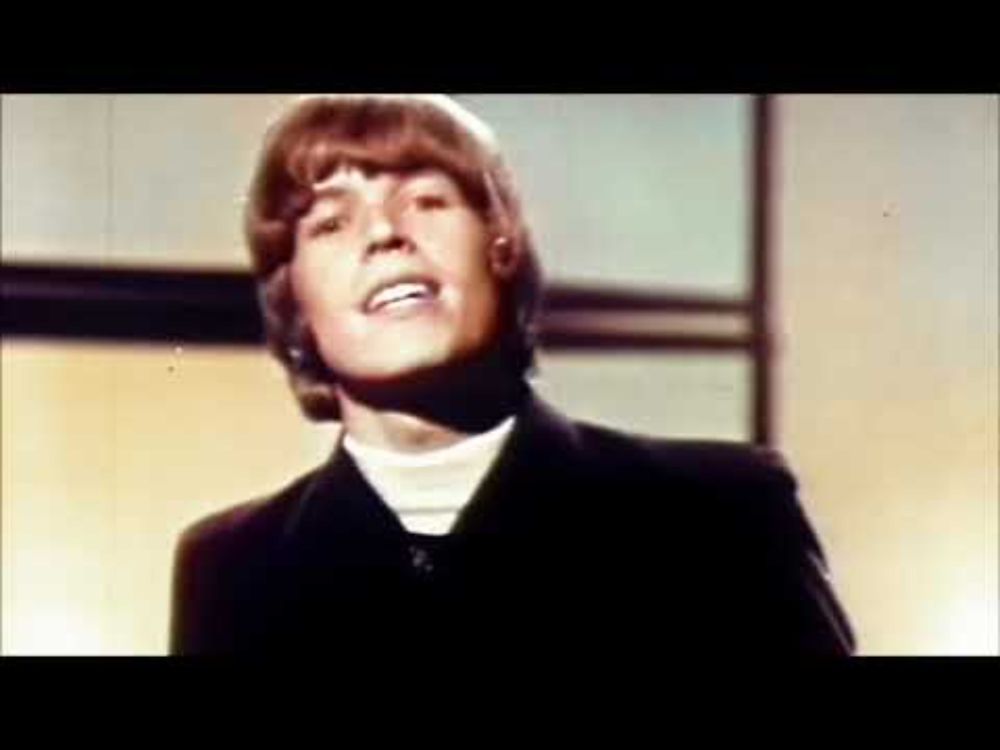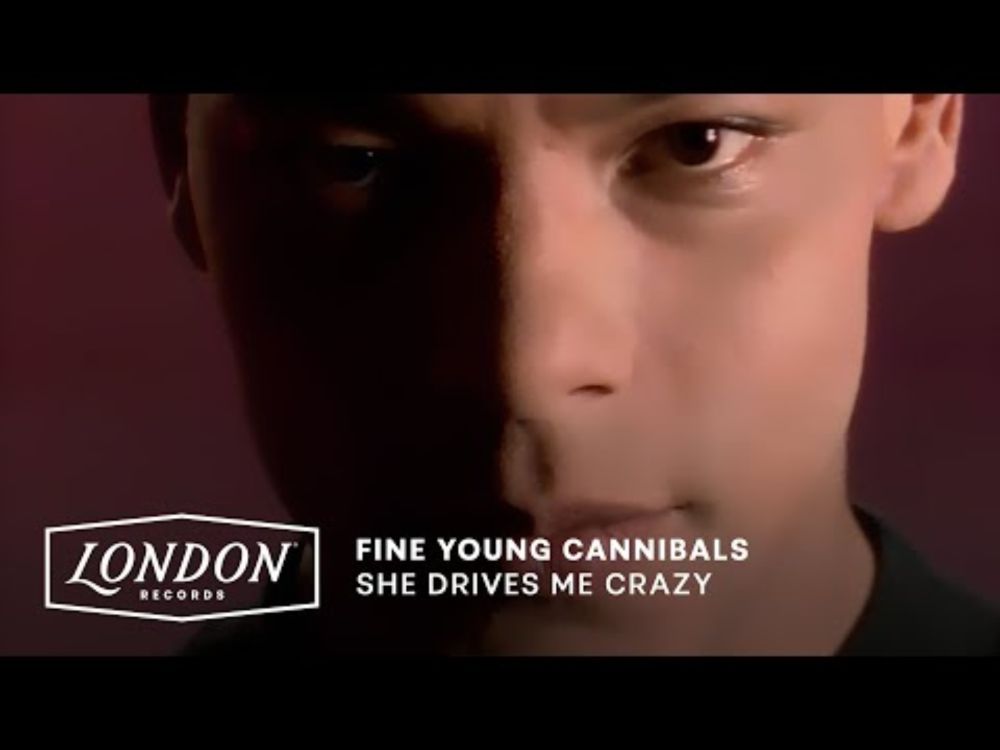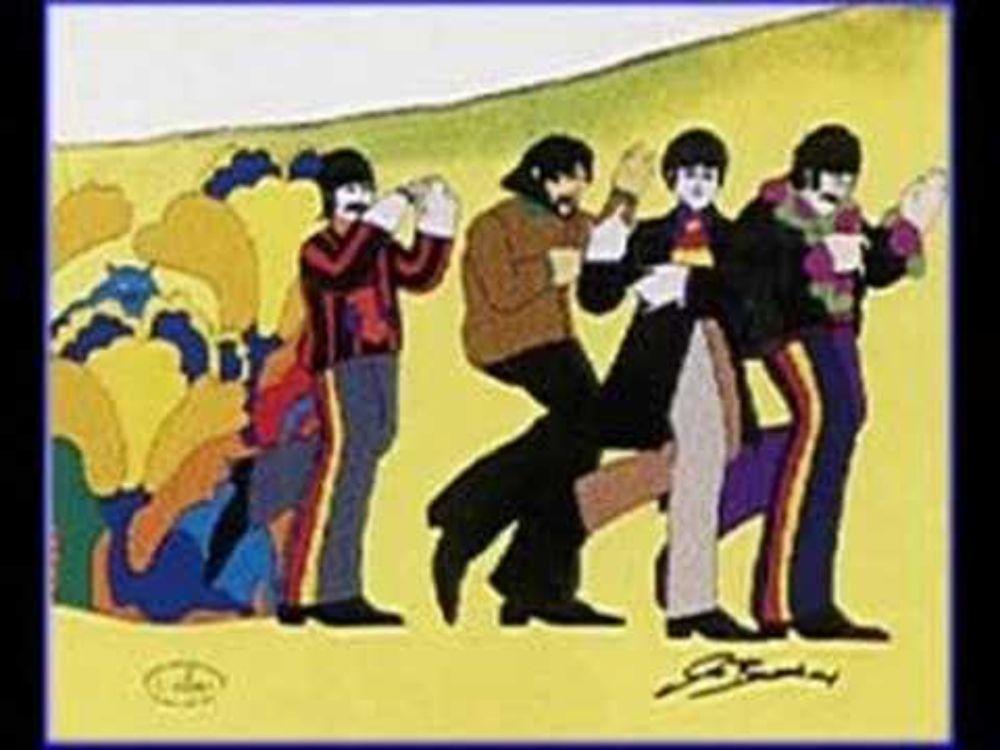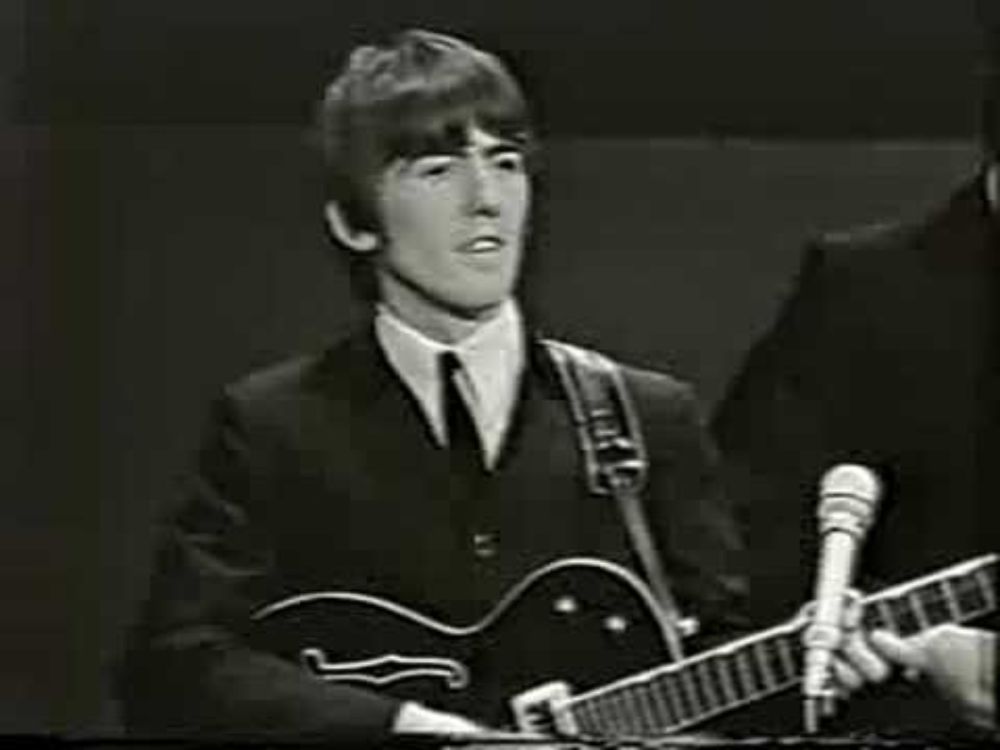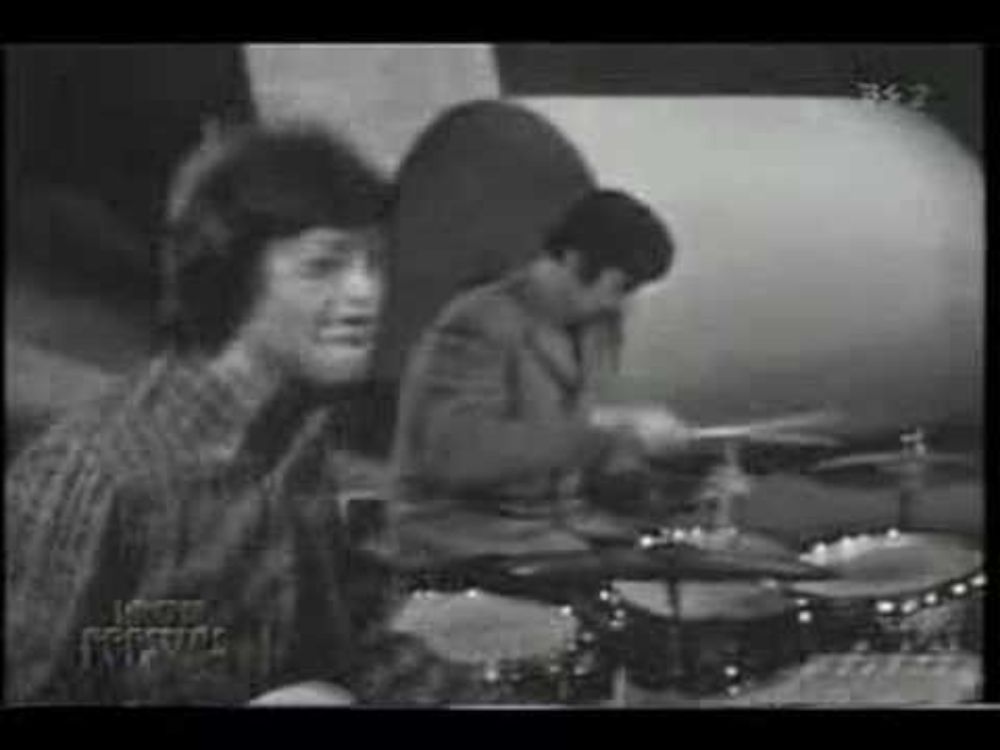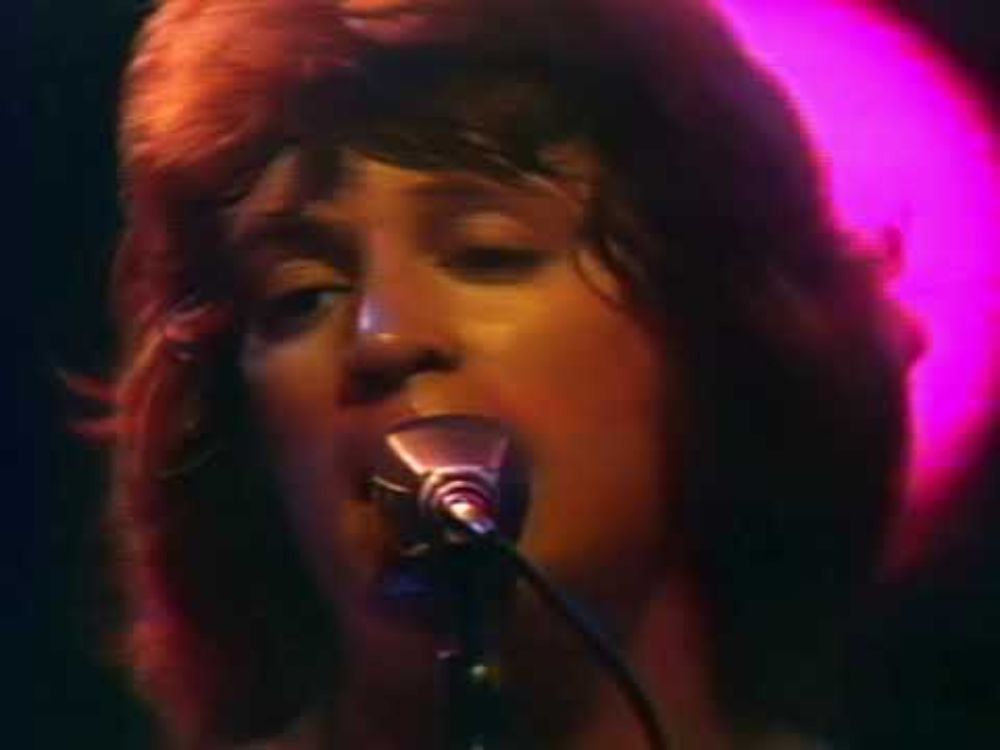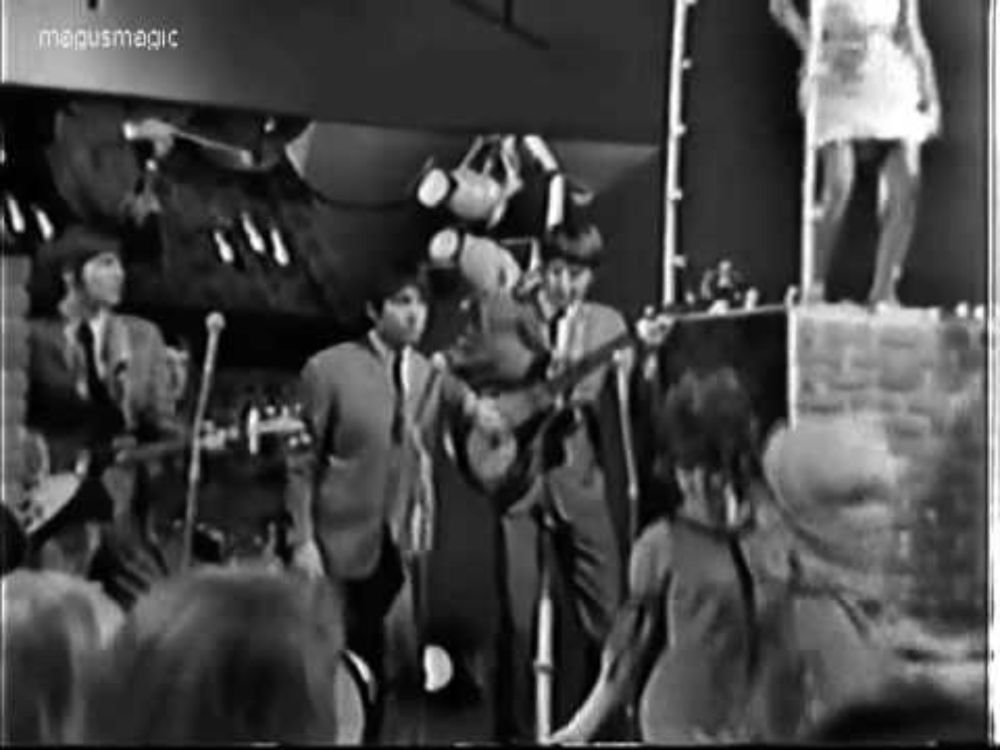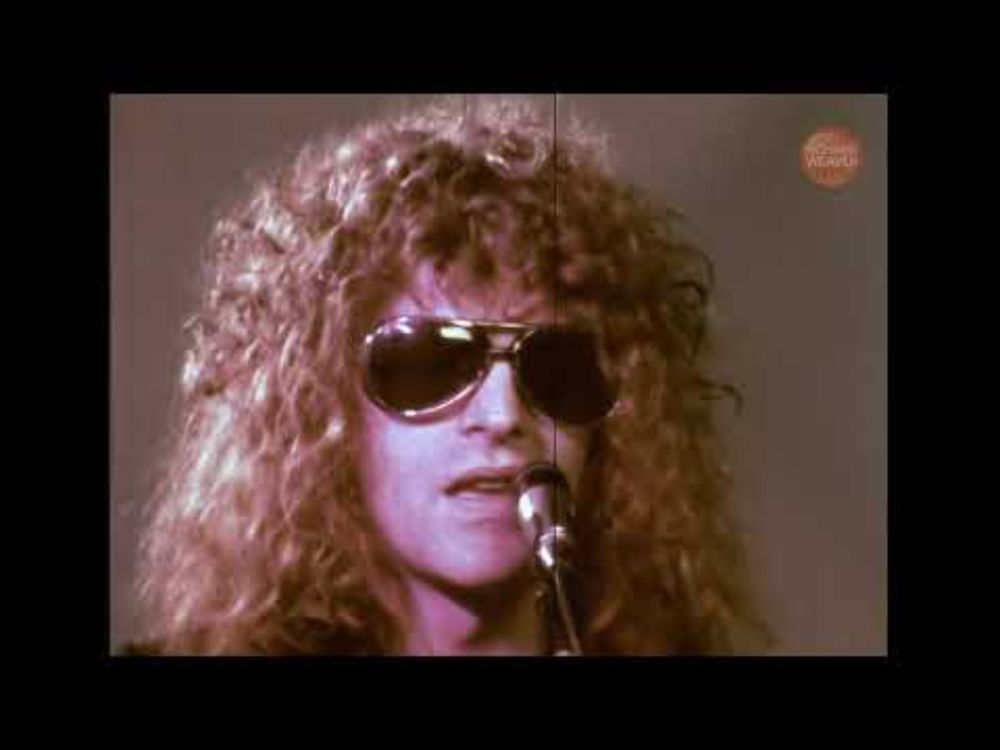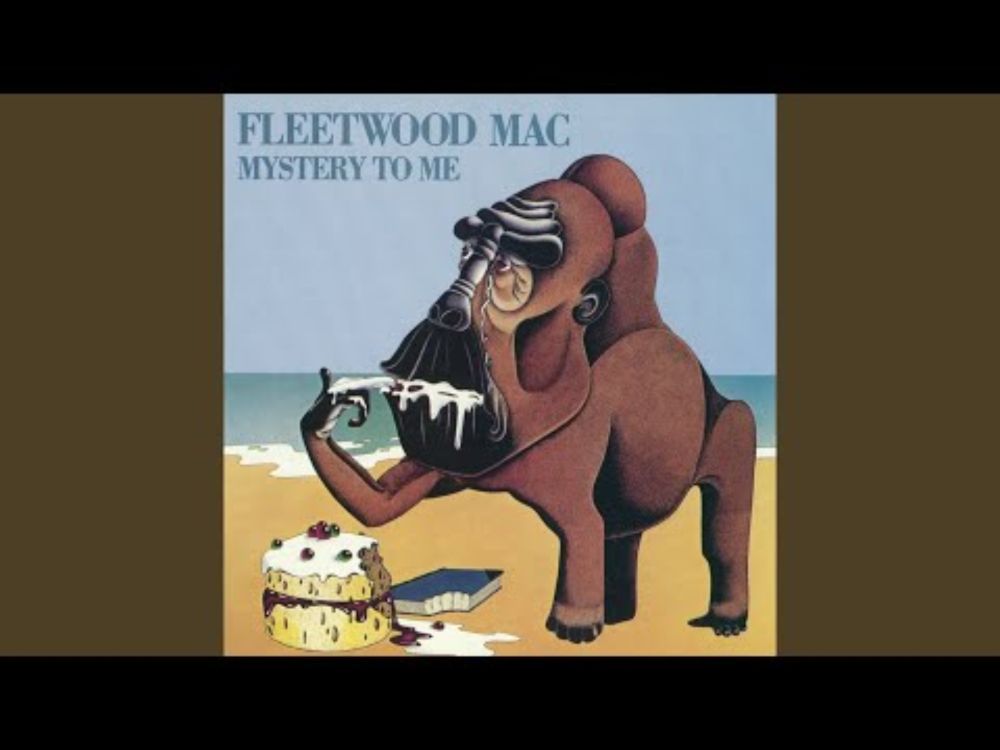The Beatles - The Long And Winding Road (Official Video)
A ballad written by Paul McCartney that appears on The Beatles' 1970 album "Let It Be". It was the last single by The Beatles to reach number one in the United States on May 23, 1970, and was the last released while the band was still together. Was recorded between January 26 and 31, 1969, the day after the band's legendary rooftop concert, with McCartney on piano, Lennon on bass, George Harrison on guitar, Ringo Starr on drums, and Billy Preston. on the Hammond organ. This was during a series of sessions for an album hitherto called Get Back. Lennon, who played bass only occasionally, made many mistakes during the recording. Some authors, such as Ian MacDonald, have claimed that Lennon intentionally played the bass sloppily. In May 1969, Glyn Johns, who had been asked to mix the songs for The Beatles' Get Back album, chose the January 26 recording as the best recording of the song. The Beatles had recorded a master version as part of "Apple Studio Performance" on January 31, which had different lyrics and structure, but was never released. Bootlegs of that day's recording, and the film, show the band recording numerous takes of the song on a effort to create a masterpiece. For the 1969 and 1970 versions of the Get Back album, Glyn Johns used the January 26 version as it appears on the 1996 Anthology 3 album. When the project was turned over to Phil Spector he also chose the January 26 recordings. January. In the spring of 1970, John Lennon and Beatles manager Allen Klein gave the recordings to Spector in hopes of saving the album, which was retitled "Let It Be". Phil Spector made many changes to the songs, but his most notable embellishment occurred on April 1, 1970, when he turned his attention to "The Long and Winding Road." At EMI Studios, he recorded the orchestra and choir that accompanies the song. The only member of The Beatles present was Starr. Already known for his eccentric behavior in the studio, Spector was in a peculiar mood that day, as balance engineer Pete Brown put it: "He wanted to echo everything, he had to take a different pill every half hour and he had his bodyguard with him. constantly. He was about to make a fuss, saying 'I want to hear this, I want to hear this. I must have this, I must have this.'" Brown and the orchestra were furious with Spector's behavior to the point that the orchestra he didn't want to play anymore and Brown went home, forcing Spector to call him at home and persuade him to come back, after Ringo calmed him down. Finally, Spector mixed "The Long and Winding Road", using 18 violins, four violas, four cellos, three trumpets, three trombones, two guitars, and a 14-woman choir. The orchestra was led by Richard Hewson, who later worked with McCartney on his "Thrillington" album. This orchestral change was in stark contrast to what The Beatles wanted from a "real recording" when they began the Get Back album sessions. #TheBeatles #TheLongAndWindingRoad #OfficialVideo
Top Bluesky Posts
The Long And Winding Road - The Beatles
부동산에 영혼을 의탁한 약 10-15%와 K-쌍도 반공화국 노인네 약 15-25%를 몰아내려면 길고 고된 버팀이 필요할 뿐.. 일모도원이로구나. youtu.be/yDP3dwpoVTo?...
You may also like
